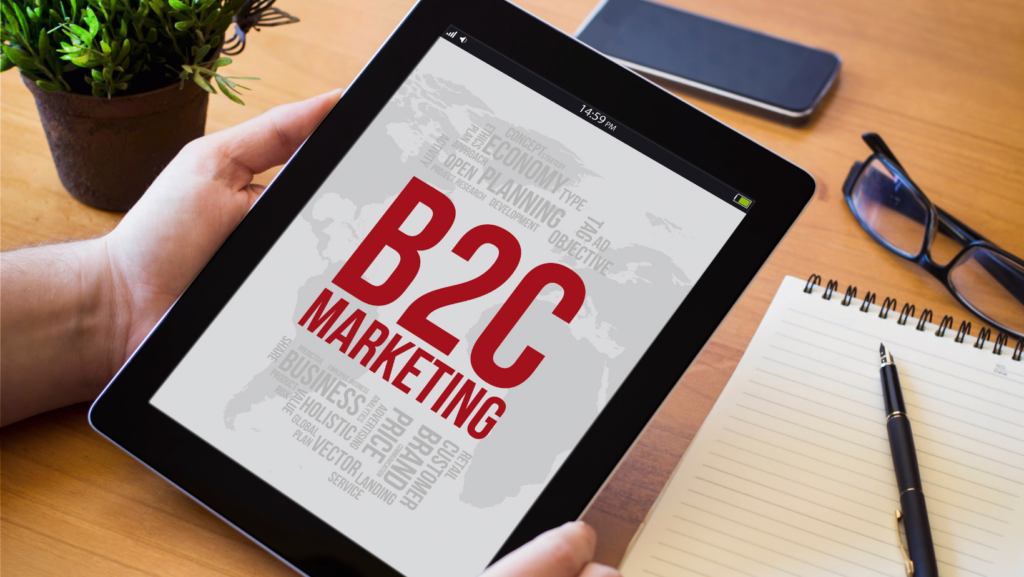In the rapidly evolving digital landscape, B2C e-commerce has emerged as a powerful player, revolutionizing the way we shop, interact, and make purchasing decisions. But how do we know which of the following is an example of B2C e-commerce? does B2C e-commerce entail, and how does it manifest in our everyday lives?
This article peels back the layers of B2C e-commerce, providing real-world examples to illustrate its impact. Whether you’re an entrepreneur looking to venture into the online marketplace, a consumer curious about the mechanisms behind your online shopping, or a digital enthusiast, you’ll find this exploration enlightening. Let’s dive into the fascinating world of B2C e-commerce.
Which of The Following is an Example of B2C E-Commerce
 Dig deeper into the multifaceted domain of B2C e-commerce, gaining insights into its core mechanisms and key attributes.
Dig deeper into the multifaceted domain of B2C e-commerce, gaining insights into its core mechanisms and key attributes.
To know which of the following is an example of B2C e-commerce?, we must first understand that B2C means Business-to-Consumer e-commerce, represents transactions conducted directly between companies and individual consumers over the internet. Examples grace us in our everyday digital experiences, such as purchasing clothes from an online retailer like Amazon or ordering a meal from DoorDash.
-
Direct involvement of end-users: Unlike other e-commerce models, B2C focuses on selling products directly to end-users, bypassing any intermediaries.
-
Wide variety of products: B2C platforms house an extensive range of diverse products. They’re akin to virtual supermarkets where consumers can buy anything from groceries, electronics, clothes, and more.
-
Personalized user experience: B2C e-commerce platforms often employ advanced algorithms that help tailor the user experience based on previous purchases, search history, and consumer preferences.
-
Convenient and fast transactions: E-commerce players prioritize consumer convenience. Customers can shop at any time, from any place, and usually receive their purchases quickly, as exemplified by Amazon’s Prime program.
-
Global customer reach: Unlike traditional retail, B2C e-commerce is not geographically bound. This allows businesses to operate globally and reach consumers across different regions and time zones.
Examples of B2C E-Commerce
 Drilling down deeper into B2C e-commerce, it’s evident how different businesses exploit online platforms to connect directly with their varied consumer base. Categories like online retailers, subscription services, and digital content providers serve as exemplifications of B2C e-commerce’s versatility in meeting consumers’ demands.
Drilling down deeper into B2C e-commerce, it’s evident how different businesses exploit online platforms to connect directly with their varied consumer base. Categories like online retailers, subscription services, and digital content providers serve as exemplifications of B2C e-commerce’s versatility in meeting consumers’ demands.
Online Retailers
Online retailers represent one of the most visible examples of B2C e-commerce. These commercial businesses primarily operate on the internet, where consumers can purchase a plethora of products ranging from books to electronics. Amazon, the poster child of online retailing, gives consumers access to a wide assortment of products without stepping a foot outside their homes. Other prominent examples include eBay and Alibaba, wherein consumers can not only buy but also bid on unique items.
Subscription Services
Subscription services fall under another distinct bracket of B2C e-commerce. Rather than single purchases, these services involve consumers paying recurring fees to gain continual access to a product or service. Netflix is a quintessential example, offering hundreds of movies and series for a monthly fee. Glossybox, a beauty box subscription, falls into this category too. It delivers a curated selection of beauty products to subscribers every month.
Benefits of B2C E-Commerce
 The perks of B2C e-commerce flow in a multi-dimensional way. Here, we explore the undeniable advantages it offers both for consumers and businesses.
The perks of B2C e-commerce flow in a multi-dimensional way. Here, we explore the undeniable advantages it offers both for consumers and businesses.
The cardinal benefit of B2C e-commerce for consumers resembles absolute convenience in shopping. Purchases remain possible at any hour of the day or night. For instance, platforms like eBay and Amazon are practically never out of stock in the goods they offer. Furthermore, there’s elimination of the need to travel to physical stores. Following this, consumers encounter less hassle in comparing prices of products. Several websites such as ‘PriceGrabber’ even offer the functionality to do price comparisons for multiple items, making for a notably convenient shopping experience.
Reach and Scalability for Businesses
In identifying which of the following is an example of B2C e-commerce, we must know that B2C e-commerce presents the potential for unprecedented reach and scalability for businesses. The Internet, essentially devoid of geographical boundaries, allows firms to communicate with a global audience. For instance, a local startup selling handmade merchandise could achieve worldwide recognition through sites like Etsy or eBay.

